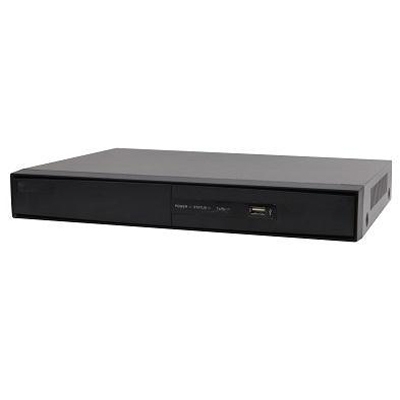ProdataKey (PDK), manufacturer of the cloud access control platform built for mobile, announces an update to its PDK Cloud Node software that introduces two new features: Credential Self-Help and Controller Continuity.
Credential Self-Help will be available to all PDK users who rely on mobile credentials, and Controller Continuity for all sites using PDK Red controllers.
Access control platform
Credential Self-Help: Mobile credentials are unique to each smartphone and cannot be shared across multiple devices. As a result, mobile credentials are highly secure, but they create an inconvenience when users replace their phones, accidentally delete them from their devices, or fail to activate issued credentials before their invitation expires.
In such instances, they must contact the system administrator to request that their old credential be deleted and a new one issued.
PDK’s new Credential Self-Help
PDK’s new Credential Self-Help empowers users to reset their PDK mobile
PDK’s new Credential Self-Help empowers users to reset their PDK mobile or Bluetooth credentials autonomously in each of these scenarios, reducing time and overhead while eliminating the need for end users to wait for help.
After downloading the ProdataKey app to their new device, the app will coach users with instructions that will allow them to request replacement credentials.
New filtering options
The process is secure and only allows known users to replace credentials that were previously issued by an administrator or integrator.
For system administrators, new filtering options within Event Reporting display which users have requested a reset of their credentials. Administrators can also limit the number of times a user can request replacements per month.
Once that maximum limit is reached, the user must request assistance for a credential reset. Credential self-help is available to all PDK customers, and Integrators will control whether their customers can see or use it.
Cloud node database
Controller continuity is managed and monitored from within the PDK software
Controller Continuity: This new capability, built into PDK’s high-security RED hardware, equips every Red controller with an onboard database so that the system can continue to allow and deny access in case of a communication failure.
Integrators have the flexibility to determine an acceptable period the controller can operate in continuity that’s consistent with the customer’s security requirements – anywhere from 5 minutes to 7 days.
Controller continuity managed within the PDK software
It also allows time for inspecting and servicing the system during site visits. Controller continuity is managed and monitored from within the PDK software.
Administrators can see the last time each controller synchronised with the master cloud node database, ensuring the system remains current. PDK will preview the latest Cloud Node release at ISC West in Las Vegas, Booth 30016. It will be available to all users effective April 3, 2023.


























